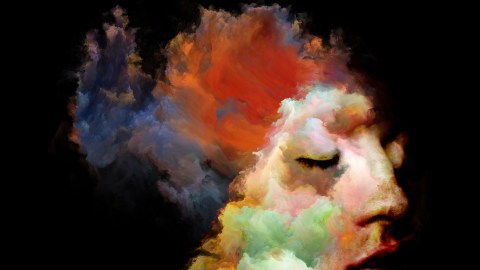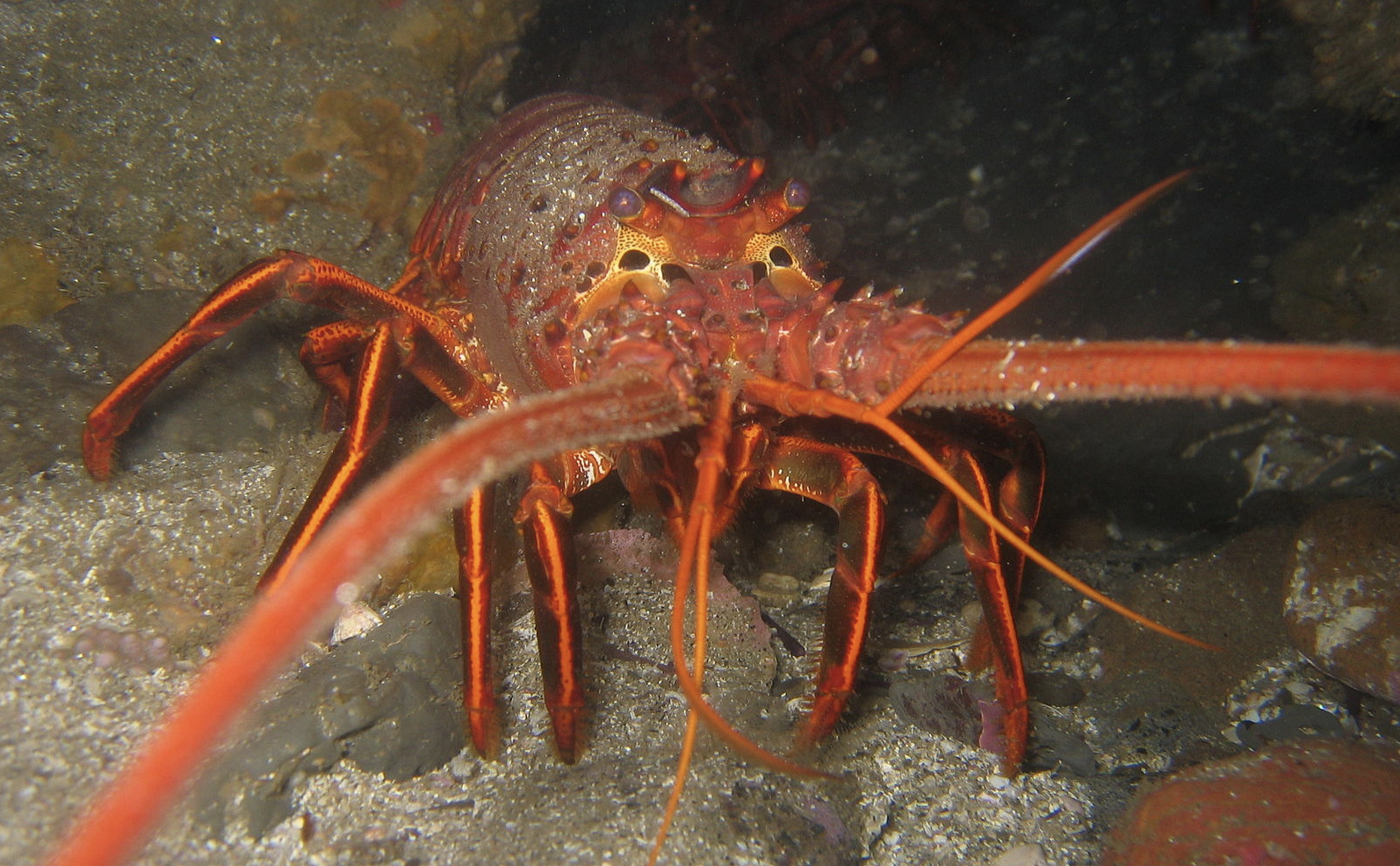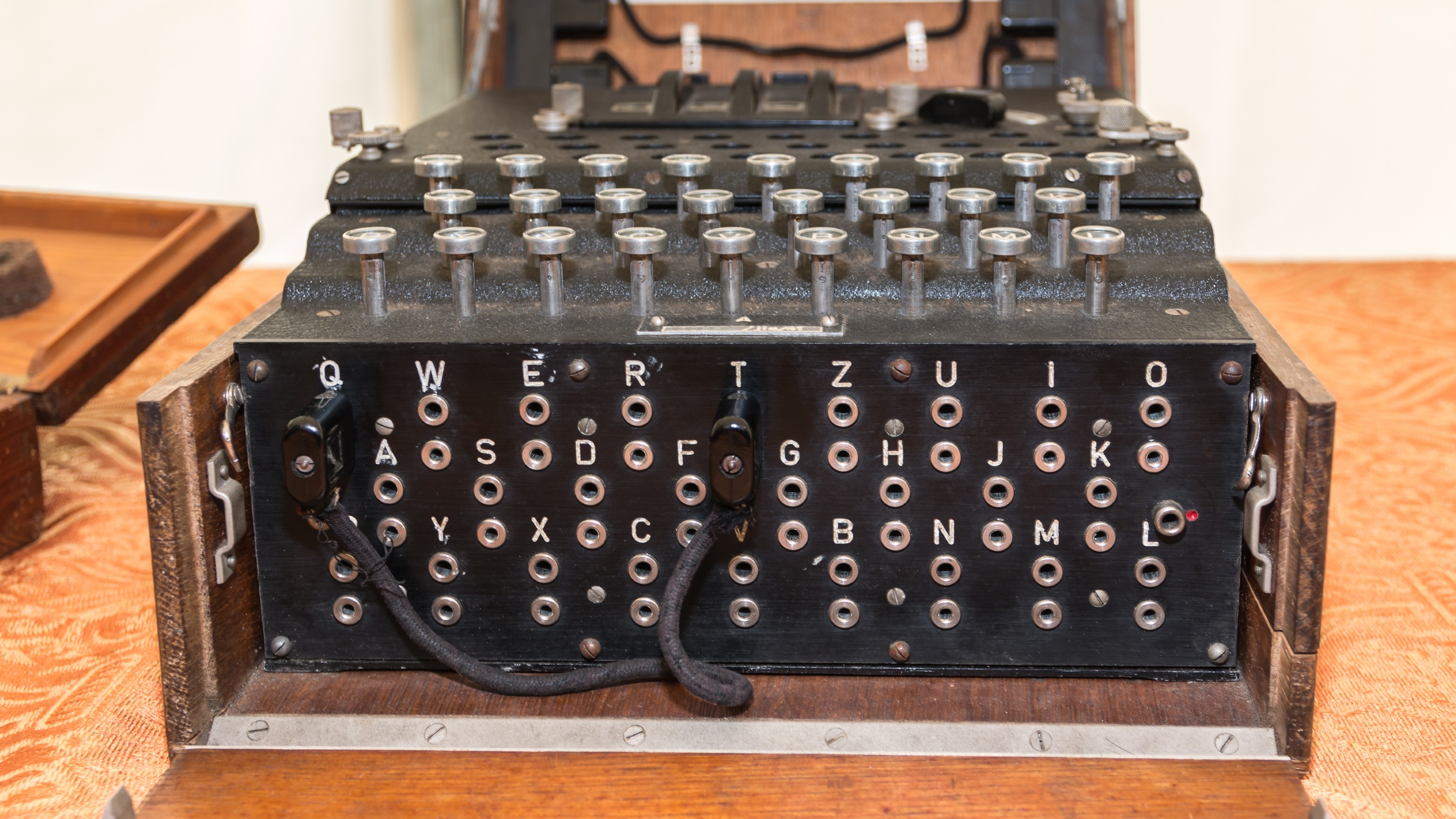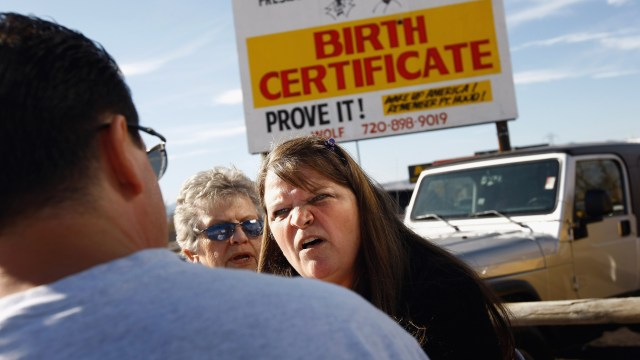5 Ways of Thinking That Will Help You Live More Presently

I moved into a fourth-floor walk-up in Park Slope in 2008. Directly below lived a couple that had moved into the Brooklyn building in 1945. Every time I’d see the gentleman climbing the stairs he’d known since age 18, he’d offer a smile while repeating his mantra: “Aging isn’t for the faint at heart.”
No, it’s not, though we certainly do rage against it at every turn. Between dreams of extending consciousness artificially to freezing our bodies to excessive body modifications to retain a semblance of youth, we don’t want to die. Or maybe we don’t want to grow old, considering we won’t really know death until we’ve vacated the planet.
This biological imperative has turned into an emotional obsession. And so we rely on illusions of immortality (or, at least, extended mortality) to comfort us even though we are all aware that this all shall pass.
Not everyone avoids this knowledge. In fact, focusing on death offers a sense of liberation during life otherwise unattainable if you avoid the topic. While many religions have invented heavens and other concoctions to assuage the saddened soul, Buddhism turns its inner eye at the world as it is now. Frank Ostaseski is one such Buddhist.
Thirty years ago Ostaseski founded the Zen Hospice Project in San Francisco; 17 years later he founded the Metta Institute, with end-of-life care being an organizational focus. A primary criticism is how Americans treat death. He argues that we’ve made caring for the elderly and dying a task and burden instead of honoring it as a natural progression of life. The dying process has become so professionalized, he says, we’ve lost touch with nature’s process. Dying is too profound to be a medical event.
In a recent talk at the Longnow Foundation he shared valuable insights into the wisdom of death, which is really about cultivating awareness during life. In his talk he discusses what he calls “five invitations to be present.”
Don’t wait.
In 2012, Bronnie Ware, an Australian palliative nurse, recorded her top five regrets of the dying. All of them in some capacity deal with putting things off: working too hard so that you don’t enjoy family and social time; living in a way that feels more authentic; allowing yourself to feel and express feelings more often.
This is encapsulated in Ostaseski’s first invitation: don’t wait until the end to allow yourself to feel and express what you want. Death does not have to be threatening, but can serve as a reminder that an entire range of emotions and possibilities are at hand. He sums it up:
“When we look through a concept, when we look through a construction, we lose the immediacy of our lives. If we learn to let go into uncertainty, to trust that our basic nature and that of the rest of the world are not fundamentally different, then the fact that things are not solid and fixed becomes a liberating opportunity rather than a threat.”
Welcome everything, push away nothing.
An especially useful bit of advice during a moment of societal fracturing. Yet this has always been a Buddhist precept: do not push away what you immediately dislike. As Ostaseski puts it, you don’t have to like what’s arising in front of you. This has nothing to do with seeking only what’s pleasurable. “Our task is only to meet what’s showing up at our door.”
Acceptance is not resignation, he continues. This has nothing to do with being a “door mat.” Ostaseski quotes James Baldwin: “Not everything that can be faced can be changed, but nothing can be changed that is not faced.” This invitation leads us into a deeper world of possibilities. The practice of inviting in whatever appears allows us to develop the skills to respond to anything. Maybe instead of fighting, freezing, or fleeing in the face of challenging (but not life threatening) stimulation, we develop our nervous system in such a way as to listen and then make an informed decision.
Bring your whole self to the experience.
We like to present our most attractive self, Ostaseski says. But such a practice is often useless. When he enters a hospice room he has an entire toolbox to pull from, but if he brought it with him it would only confuse the situation. Instead he chooses to lead with his humanity, which requires a stripping down of the layers of identity we build up to protect ourselves against vulnerability.
According to the American Society of Plastic Surgeons, 2016 was its most successful year: 290,000 cosmetic breast augmentations; 131,000 face lifts; seven million Botox injections. While many of these surgeries occur later in life, this drive to present our “most attractive self” is infecting the youth. There were 229,000 cosmetic procedures performed on teenagers in 2016, including this fast growing field: male breast reduction.
“Wholeness doesn’t mean perfection,” Ostaseski says. “It means no part left out.” Our increasing cosmetic surgeries represents a neurosis of unattainable perfection. Ostaseski shares a story about rummaging through a sales rack at a department store and seeing price tags listing items “as is.” He says this is how we should always present ourselves: as is.
Find a place of rest in the middle of things.
The most shared article I’ve ever published on this site is about how busyness kills creativity, which is an indicator that many people know we’re taxing our bodies and minds. Ostaseski sees this as a real problem as well. We imagine rest will come on vacation or when our inbox is empty. But if we keeping wait for that, we’re in trouble. We need to rest inside of the perceived busyness.
Ostaseski tells the story of Adele, an 86-year-old Russian Jewish woman in hospice care who was suffering greatly. She didn’t care about spirituality or “California woo.” She just wanted to be free of pain. Since she was having trouble breathing, Ostaseski breathed with her. He asked her to put her attention on the gap between inhale and exhale, which is also a mediation technique. Within a few moments her body softened, the pain loosening its grip. A few minutes later she peacefully passed away.
Ostaseski says she was able to find rest in the middle of things, namely the biggest thing that will happen to everyone one of us. Yet we needn’t wait for that moment of passing to implement such a simple yet effective strategy of finding that pause between each breath.
Cultivate don’t-know mind.
Buddhism has all sorts of great concepts: nothingness, emptiness, no-self. Add to this list “don’t know mind,” which Ostaseski says is characterized by curiosity, wonder, awe, and surprise. Every time he plays hide and seek with his granddaughter, she’s genuinely surprised, whereas adults walking into a surprise party immediately want to know who’s responsible. The “don’t know mind” is one “that’s open, it’s ready and free.”
We all know the dangers of confirmation bias even as we live through them. “Don’t know mind” is an opportunity to approach every situation as if you had no biases. This is not an invitation to ignorance, Ostaseski warns. It just has to do with a softening of rigid beliefs, of staying, as he is a fan of saying, open to the possibilities, which seems to be a theme running through all five invitations.
Potential is always at hand should we stay emotionally flexible enough to welcome them. This also offers us a sense of meaning in life. Should we live this way there would be no regrets to relay to the nurse at the end of our journey. We can learn from death in life, should we keep paying attention and staying open.
You can watch Ostaseski’s full talkhere.
—
Derek is the author of Whole Motion: Training Your Brain and Body For Optimal Health. Based in Los Angeles, he is working on a new book about spiritual consumerism. Stay in touch on Facebook and Twitter.




